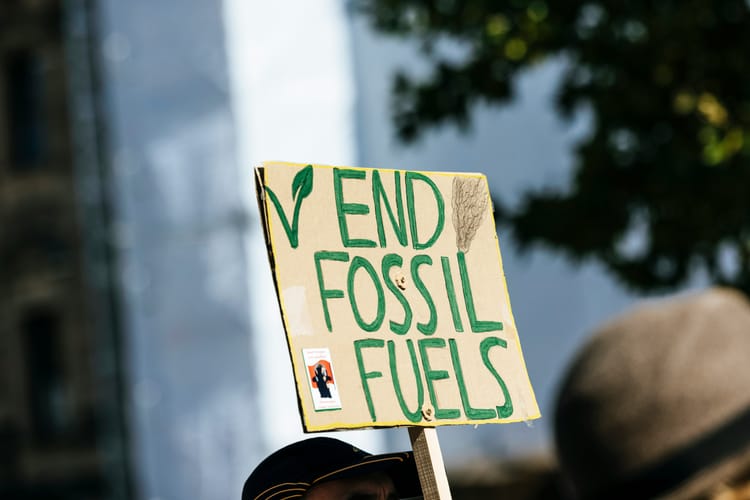Energy transition slows in the US – but rest of the world maintains momentum

Fossil-first policies in the US may have a marginal impact on the global energy transition, but progress will continue to accelerate in the rest of the world – particularly China.
The reversal of policies favouring clean energy in the US under the Trump administration has led consultancy DNV to forecast a five-year delay in emissions reduction in the country, with annual US emissions 500 to 1,000 million tonnes higher than previously thought.
But this will have only little impact on the worldwide transition, with China setting new renewables records: already, the country accounts for 56% of global solar PV installations and 60% of new wind power additions this year, according to DNV’s latest Energy Transition Outlook.
2050 global emissions 4% higher than previously forecast
By 2050, the global energy mix is expected to be split between 51% fossil fuels and 49% non-fossil energy – a slight delay from the previous 50-50 split forecast. Global CO2 emissions will be 43% lower than today but 4% higher than predicted in last year’s outlook.
DNV also expects the world’s carbon budget for 1.5°C to be exhausted in 2029 and the budget for 2°C in 2052, and adds that limiting global warming to 1.5°C without a temporary overshoot is no longer possible.
“It is more important than ever to evaluate the energy transition from a global perspective. The global energy transition is not stalling – it is evolving, with momentum shifting to regions that are doubling down on clean technologies. Security has become the dominant driver of energy policy, and as our forecast shows, this is in sum accelerating the shift to renewables,” said Remi Eriksen, Group President and CEO, DNV.
Energy security policies accelerate transition
Geopolitical instability is leading countries to seek greater energy security and self-sufficiency, accelerating the development of clean energy and lowering emissions by an extra 1% to 2% per year, the report adds.
Nuclear power, for example, will account for 9% of electricity supply in 2060, but would have been one third lower without energy security policies. In Europe, emissions are forecast to be 9% lower in 2050 due to its transition away from imported fossil fuels.
AI expected to consumer 3% of global electricity by 2040
While AI is emerging as a significant energy consumer, DNV predicts that it will only consume 3% of global electricity in 2040, though data centres themselves will consume 5% – five times today’s share.
However, large regional variations are to be expected: in North America, data centres’ 2040 share is 16% of all electricity, with 12% being AI.
“In several sectors, technology progress and cost reduction are driving the energy transition forward, but in harder to decarbonise sectors, much more policy help is needed. While geopolitical tensions and national priorities add complexity, the global direction of the energy transition remains clear,” added Eriksen.







Member discussion